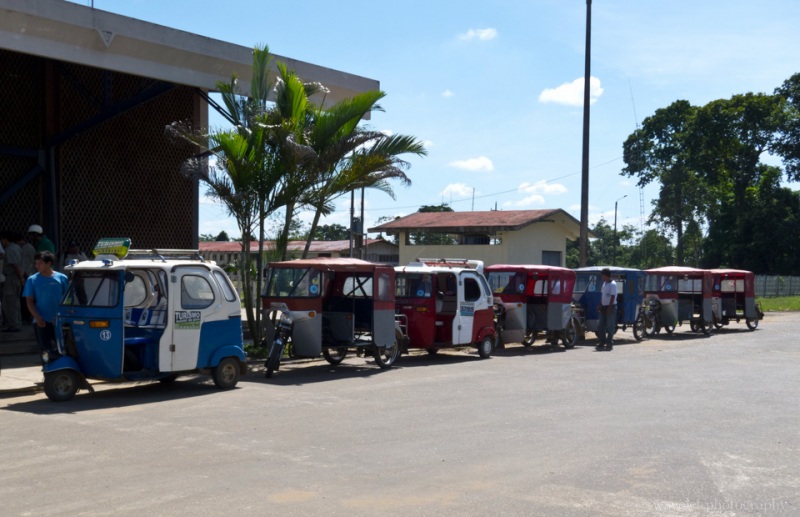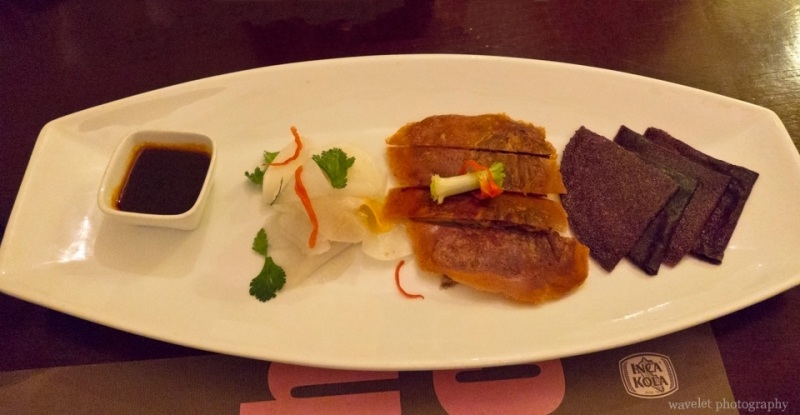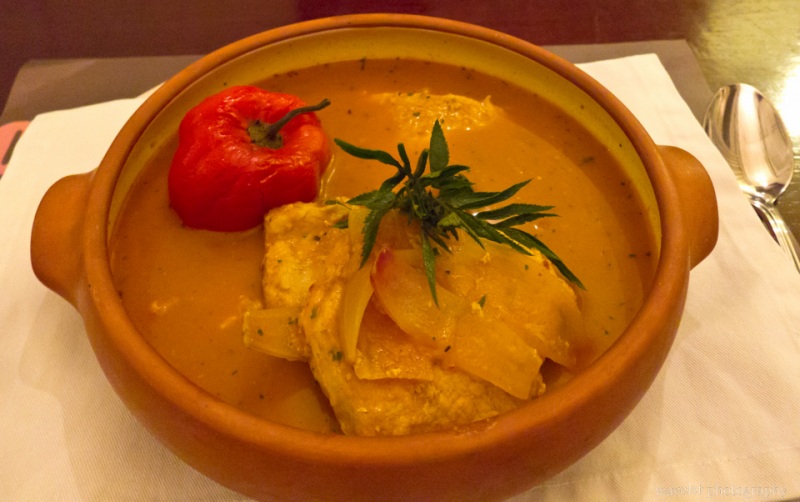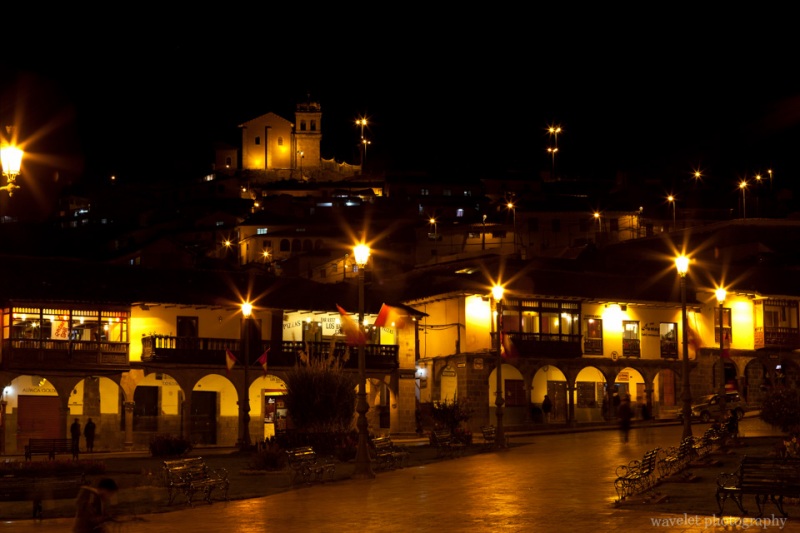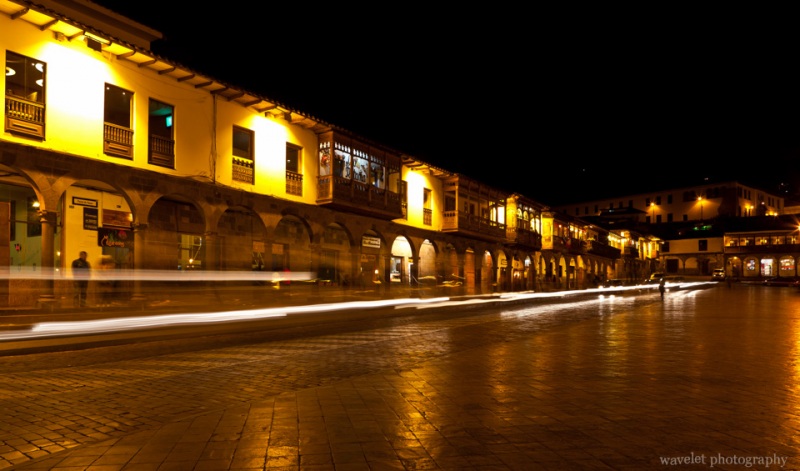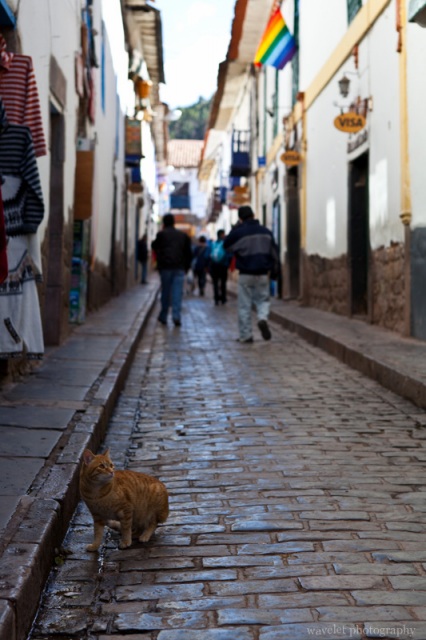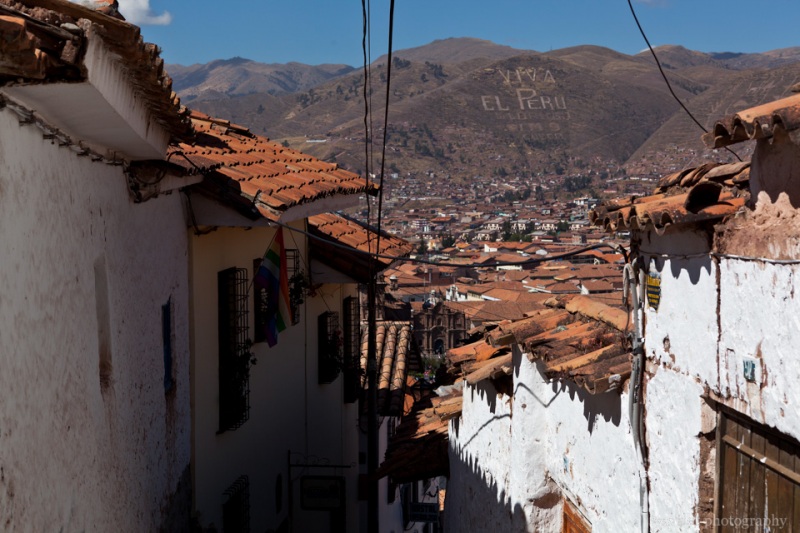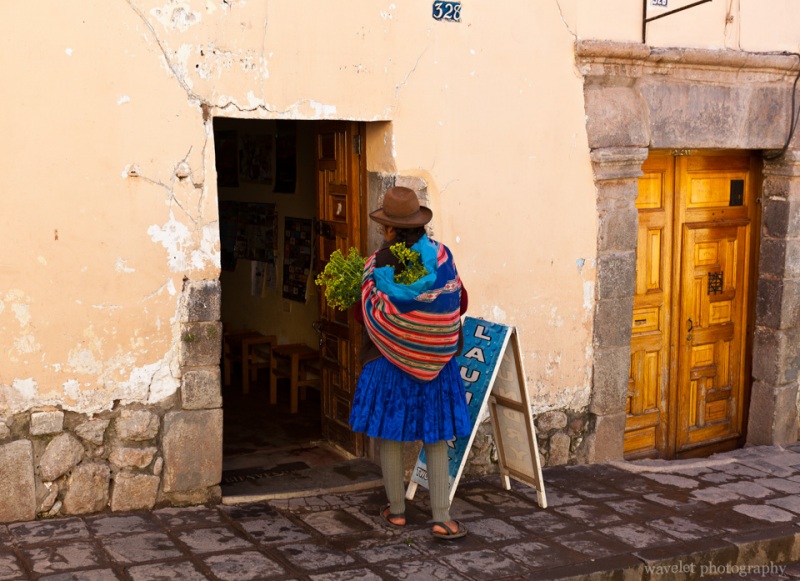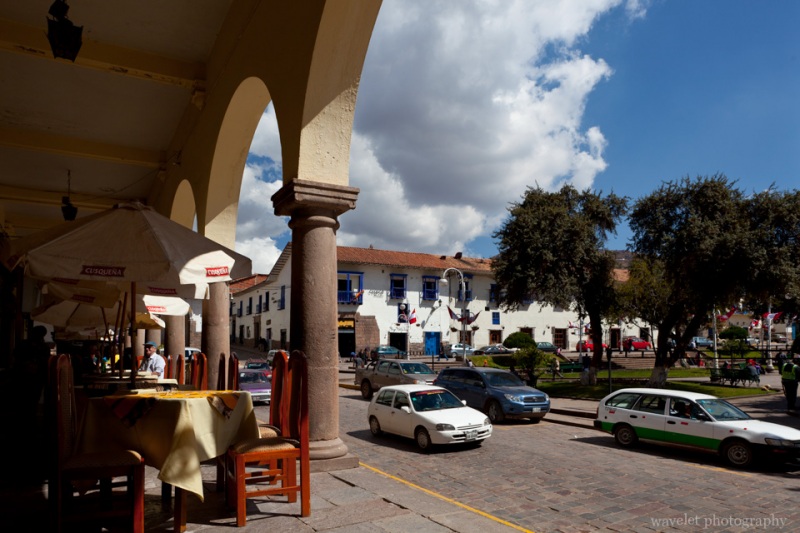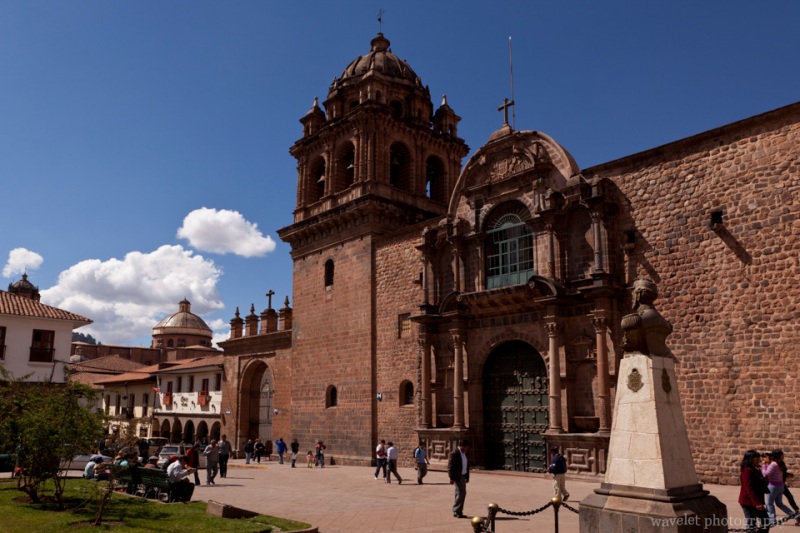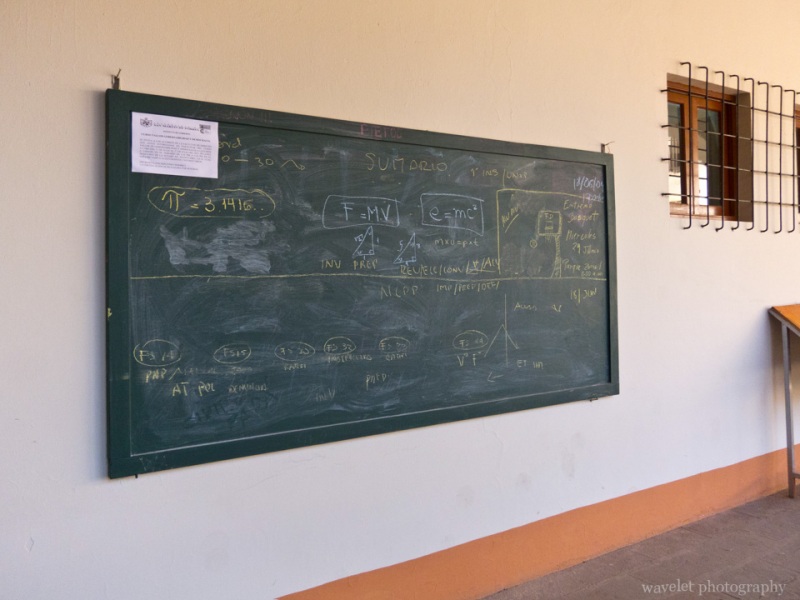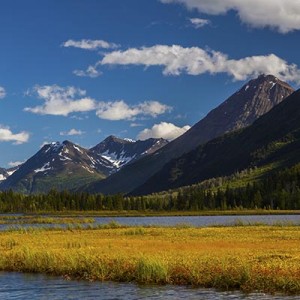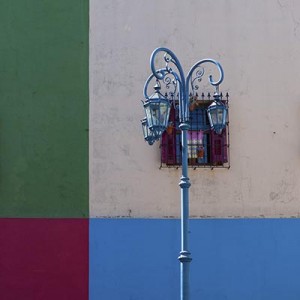2011.7.10We got up early and took the boat back to Puerto Maldonado to catch our flight to Juliaca via Cusco. After the boat was docked, we were transferred to Inotawa’s car. Before we could leave, we had to go to the town center to get some cash – we had not paid our trip yet because we couldn’t make money transfer in Lima during weekend. We were in a bit of hurry, but as luck had it, not far from the port, when the car were climbing a slope, the engine stopped working. Luckily, we found another tour group that was going to the town as well. They dropped us near the town center. Our guide called a motocarro. It is the most popular transportation in the city. Riding one is a travel experience, but we couldn’t think of that at the time. ATM machine could be found at one side of the main plaza. There seemed to be a martial festival and soldiers in different uniforms marched around the plaza – I didn’t feel like taking picture either.
In fact, we still had 40 minutes when we got to the airport. We got both flight confirmed and seats assigned. After half an hour, we arrived Cusco without any delay. But while we were waiting for the transit flight to Juliaca, as boarding time approaching, we realized the gate was actually for a flight to Lima. Checking with LAN’s personnel, we learnt our flight had been cancelled. There was a strike in Juliaca and some part of airport facility had been damaged. The planes were only allowed to come in and out Juliaca in the morning. We were so surprised because no one informed us earlier. At Puerto Maldonado, LAN’s counter must have known the connection flight wouldn’t exist. We considered to take bus to Juliaca because we really didn’t want to miss the Lake Titicaca tour the next day, but thinking of that we could be grounded in Juliaca and missed our international flight back home, we decided to spend another day at Cusco.
We went back to El Dorado San Augustin Hotel. One restaurant I noted before the trip was closed for renovation. To make sure not to make mistakes on selecting restaurants, we went to Chicha again for dinner.
After dinner, I had the opportunity to take some night shots around Plaza de Armas. Temperature drops fast after sunset at this altitude. In July, it is barely above freezing point at night.
Missing the Lake Titicaca trip allowed us to explore more in Cusco, which we didn’t have enough time before we went to the jungle. In the next morning, we first walked to the Church of San Cristobal. It’s built on the hill of Colcampata, about half way to Sacsayhuamán. The church has a modest design but offers a wonderful location to overlook the city. The stone-paved narrow alleys leading to the church, presenting various vivid colors in doors, balconies and tiles, were fascinating too.
Plaza Regocijo is next to the Plaza de Armas. The hotels, restaurants and cafes around the plaza have a modern touch compared with other places in the city. We had some snacks in a cafe and had our final lunch at Inka Grill.
We left Cusco in the afternoon. Coincidently, during our 7-hours wait at Lima airport, we met those two Americans who shared the boat with us on Tres Chimbadas Lake in Amazon. They went to Lake Titicaca earlier without even aware there was a strike, because their flights were all in the morning. They comforted us by saying that it’s the least favorable place in their trip because it’s too commercialized.
We didn’t plan to go to Nazca Line or the Northern Peru because they are too out of the way, but the places we visited were culture-rich and diversified enough to keep us dream on for the next trip in the future.
